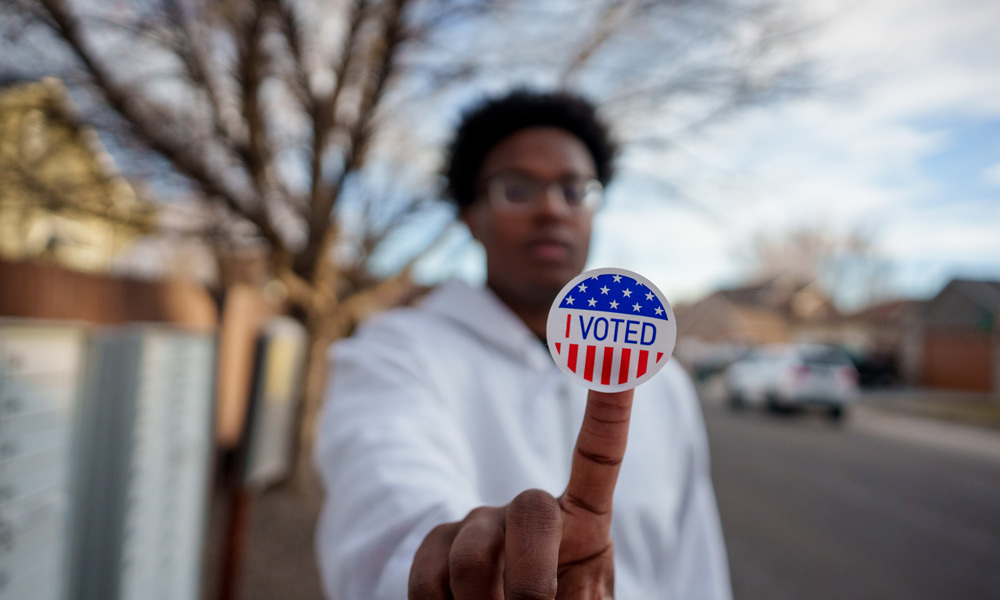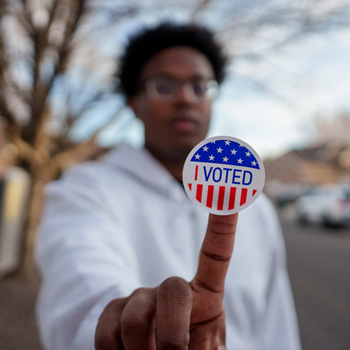27 August 2024
Center for Inclusive Democracy finds persistently low voter turnout among Latinos, Asian Americans and blacks in all nine swing states; increasing participation by these groups could be crucial in November

CONTACT: Dotty Diemer, DDK Communications. 562-212-6014; (email protected)
Los Angeles – With swing states playing a critical role in the 2024 presidential election, new reports from the Center for Inclusive Democracy (CID) at USC’s Sol Price School of Public Policy have found significant disparities in turnout between white, non-Latino voters and voters of color in all nine swing states.
The reports highlight the persistent “voter representation gap,” where voters of color remain underrepresented in the election despite significant population growth. If that gap is narrowed by November, the study concludes, it could significantly affect election outcomes, especially in swing states where the 2020 election was particularly close.
CID analyzed voter files from the 2020 general election for Latino, Black and Asian American voters in Arizona, Florida, Georgia, Michigan, North Carolina, Nevada, Pennsylvania, Wisconsin and Texas. The study found that while the number of eligible voters of color in these swing states increased significantly from 2010 to 2020—outpacing the growth of the white, non-Latino population and often the overall population—these voters of color consistently had lower turnout rates than white, non-Latino voters in the 2020 election.
“The large number of eligible voters among communities of color in swing states presents an extraordinary opportunity for voter mobilization and participation,” said CID Director Mindy Romero, the study’s lead author. “Getting more voters of color to the polls could be transformative and affect the outcome of the election in November. The participation of these groups and all voters is fundamental to our democratic values and processes.”
Here you can find the individual reports for each swing state. Some notable results in selected states are:
- Arizona: More than 850,000 eligible Asian American, Black and Latino voters did not cast their ballots in the 2020 presidential election in Arizona, where the electorate’s margin was only 10,457 votes.
- Florida: Asian American, Black and Latino eligible voters made up more than a third of Florida’s eligible voters in the 2020 general election. Yet a significant number of those voters – 2.2 million – did not cast their ballots. That number is nearly six times larger than the margin of victory in the state.
- Georgia: Despite the rapid growth of Latino, Black and Asian American voters, more than 1.2 million people did not vote in 2020. That’s more than 100 times the state’s margin.
At the beginning of the year, the CID published a national report on voter turnout. The new electorate: The strength of Latino, African-American and Asian-American voters The report found that Asian American, Black and Latino voters made up nearly 30% of eligible voters in the U.S. in the 2020 presidential election, but represented just over 22% of all votes cast, well below their share of the eligible electorate. The report found that this deep-rooted gap in voter representation is evident in nearly all U.S. elections.
Centre for Inclusive Democracy (CID)
The Center for Inclusive Democracy (CID) is part of the USC Sol Price School of Public Policy. CID’s mission is to improve the social and economic quality of life in U.S. communities through nonpartisan research that informs local policy and organizing efforts for a more engaged, transparent, and representative democracy through education and outreach. CID conducts groundbreaking research examining voting behavior, civic engagement, and electoral and economic issues at the intersection of social justice and democracy.
USC Sol Price School of Public Policy
For more than 90 years, the USC Sol Price School of Public Policy has sought to improve the quality of life of people and communities through groundbreaking research and scholarship.
# # #

